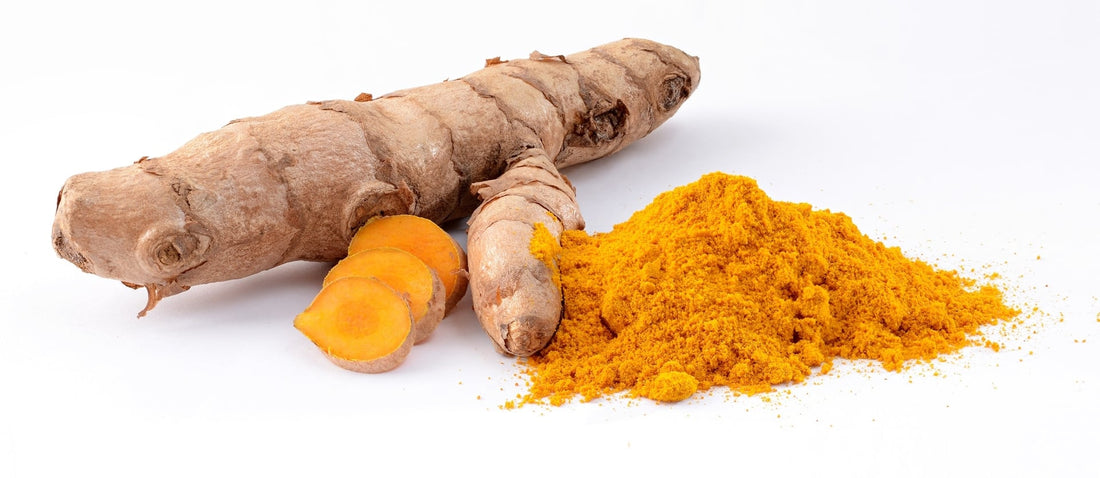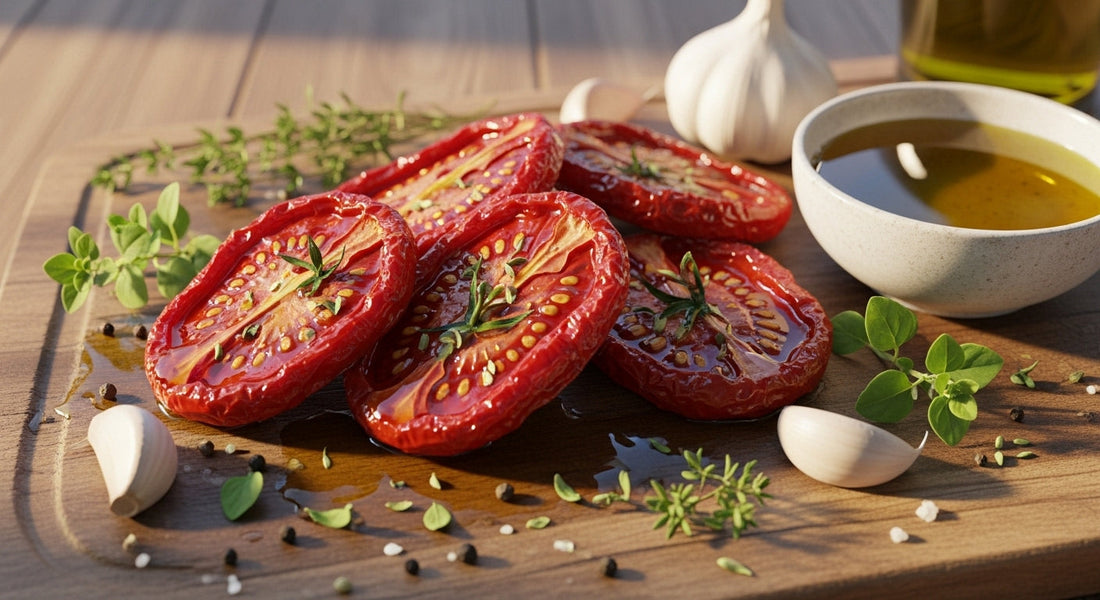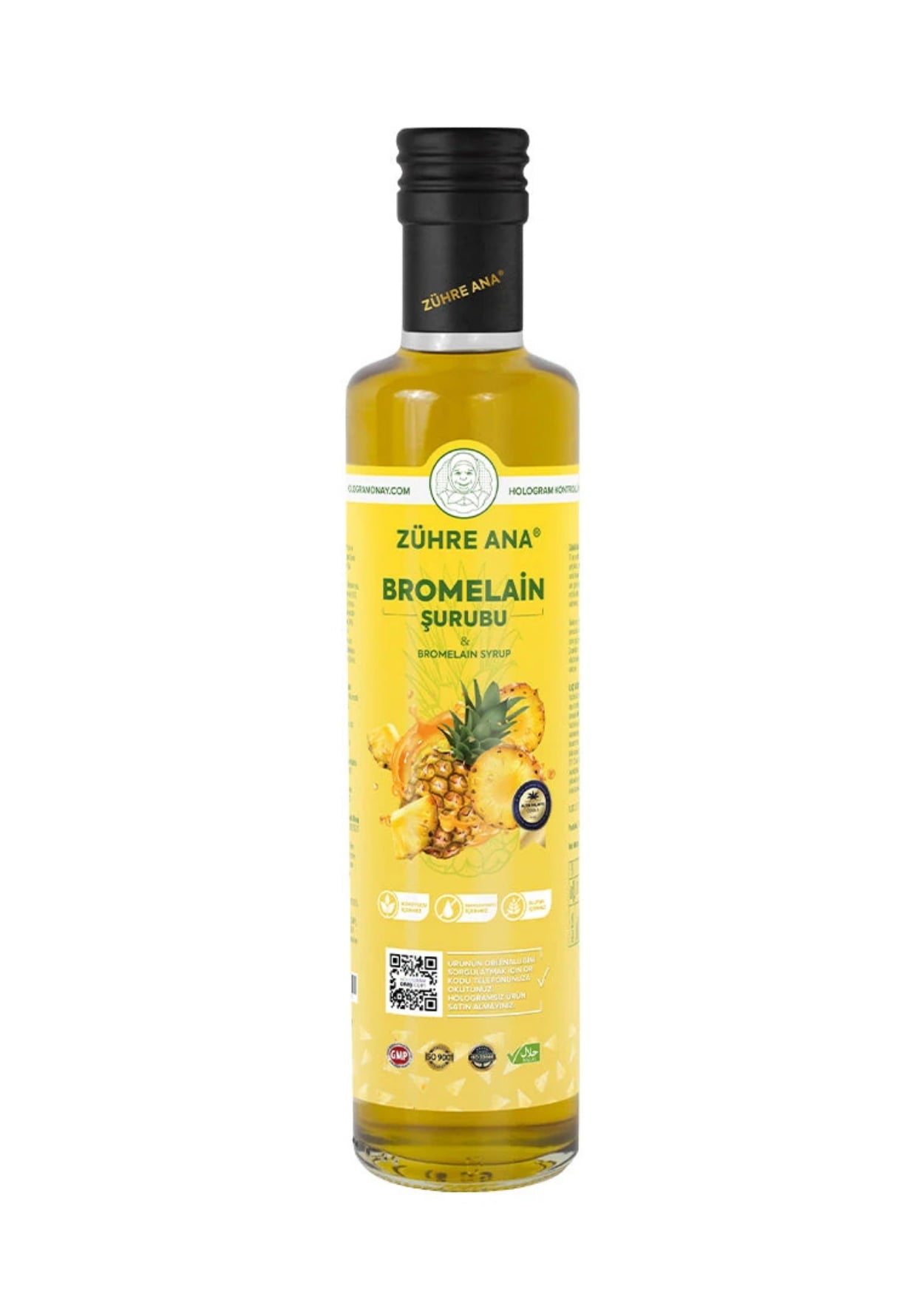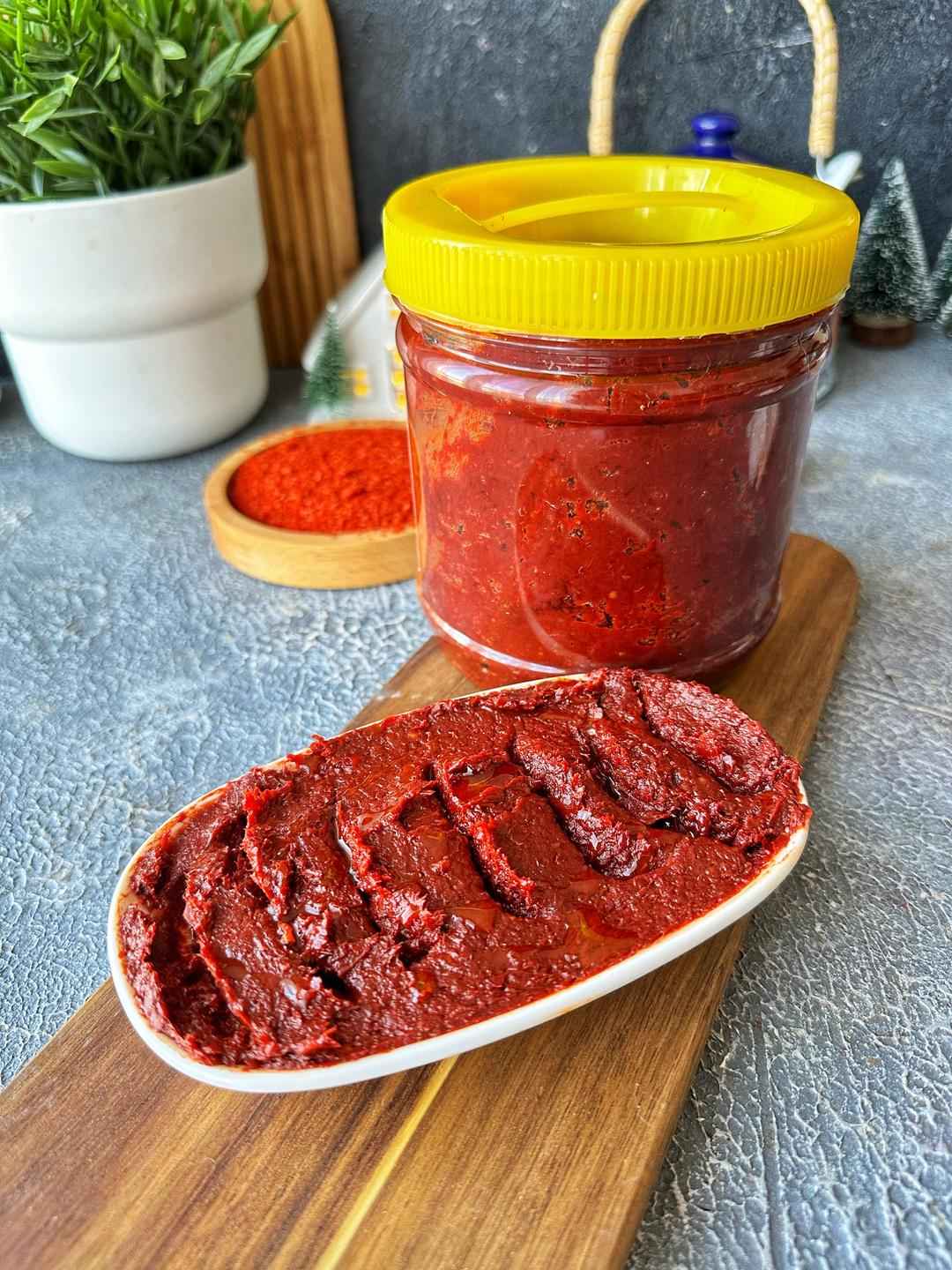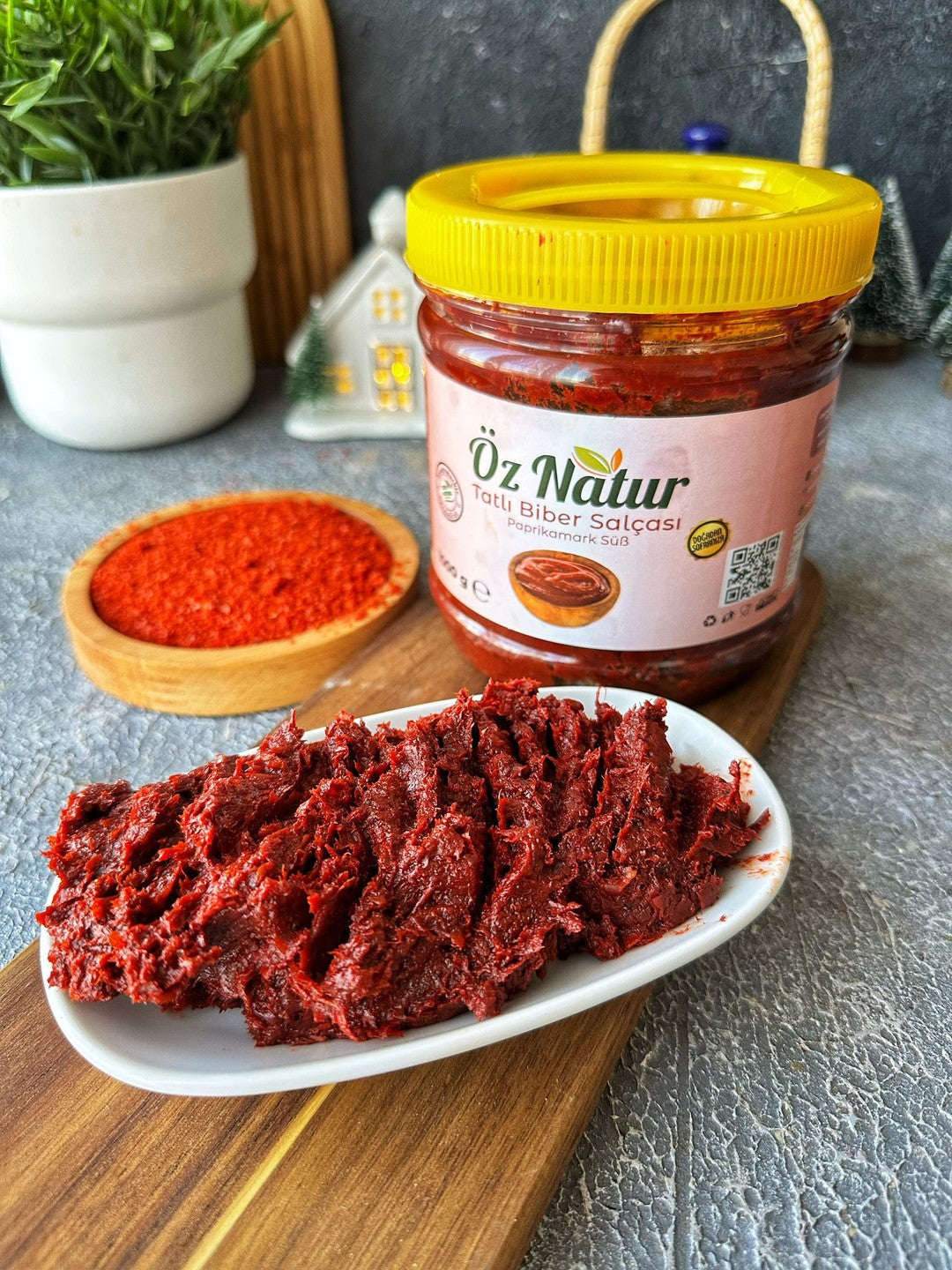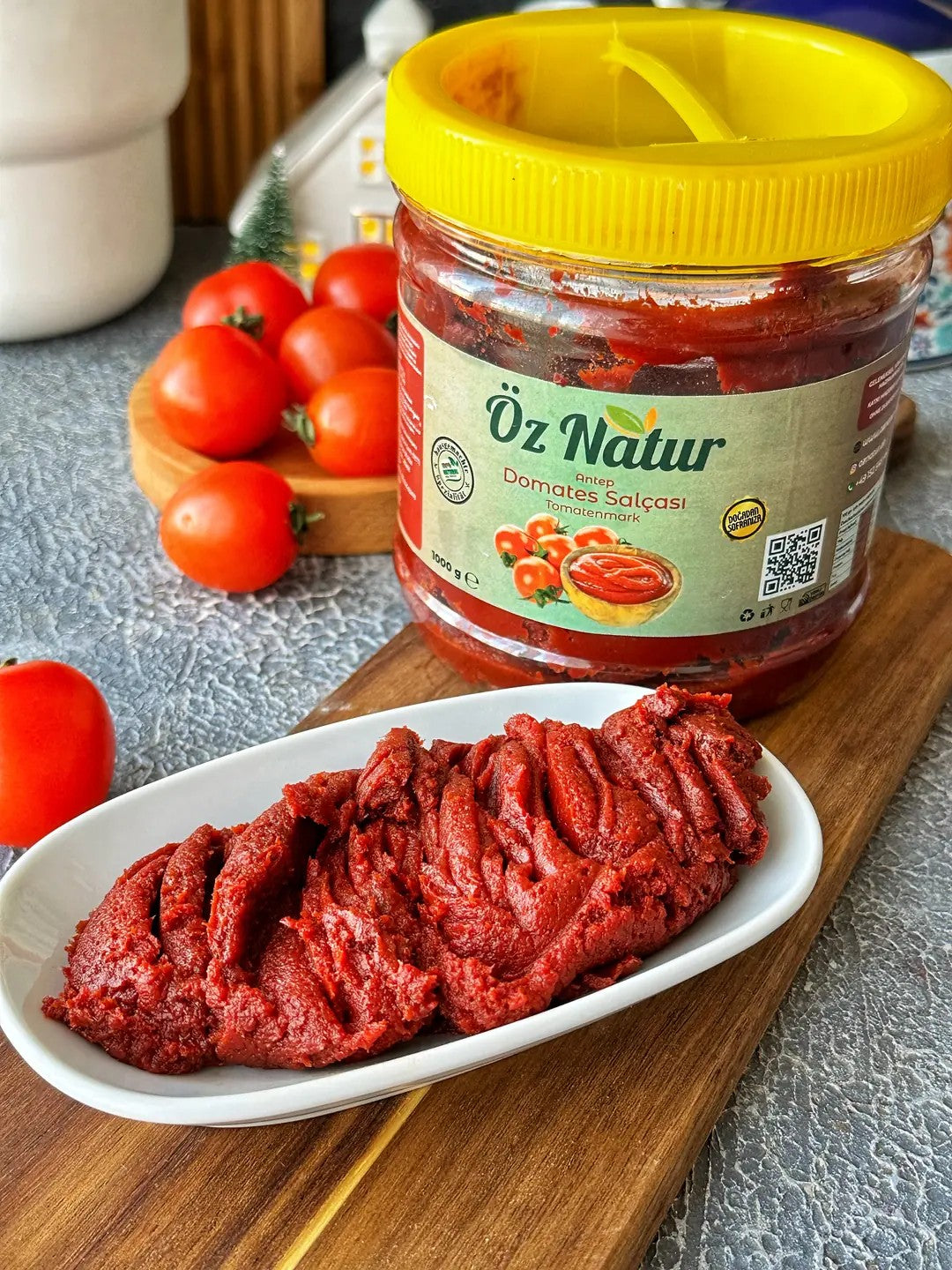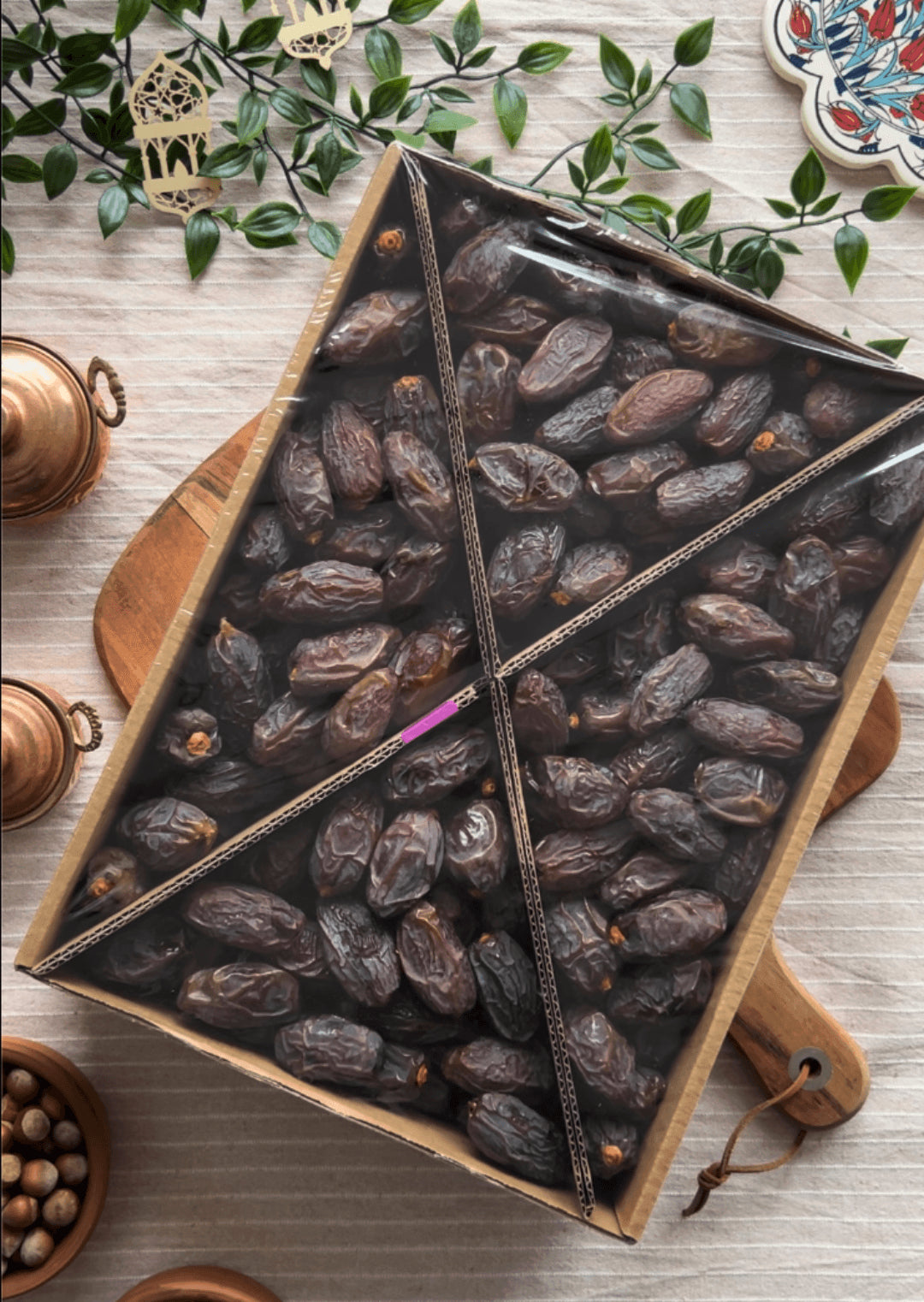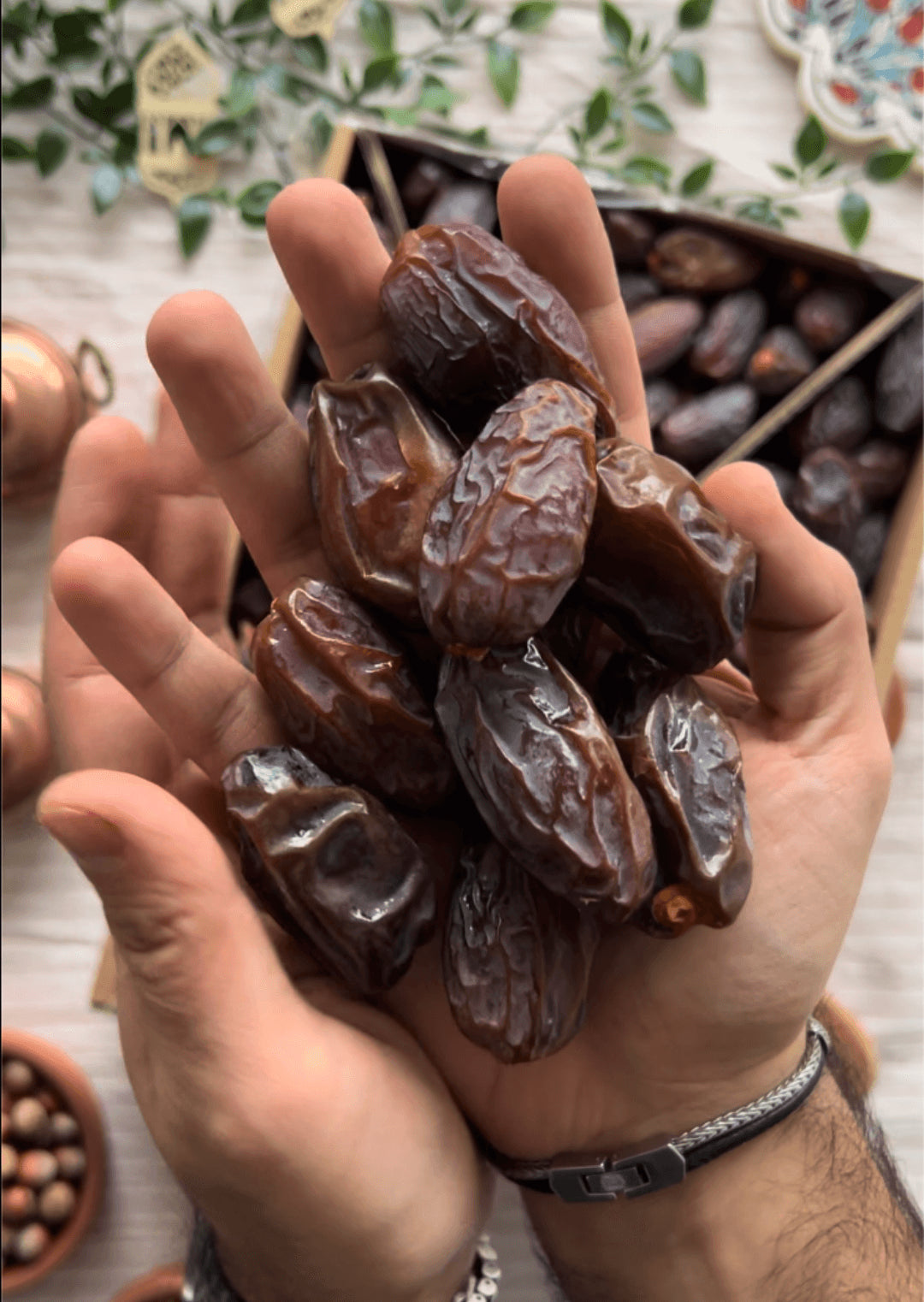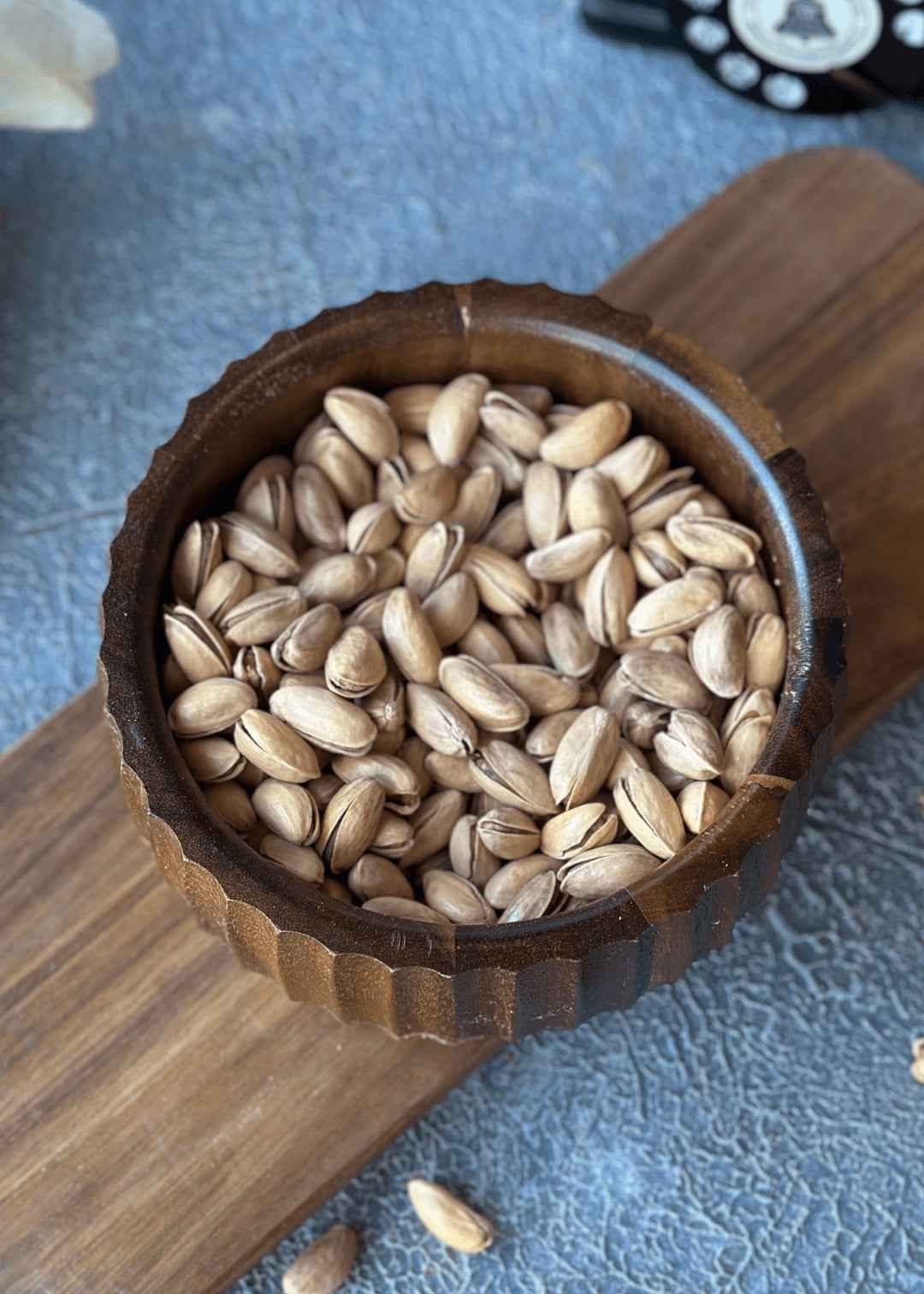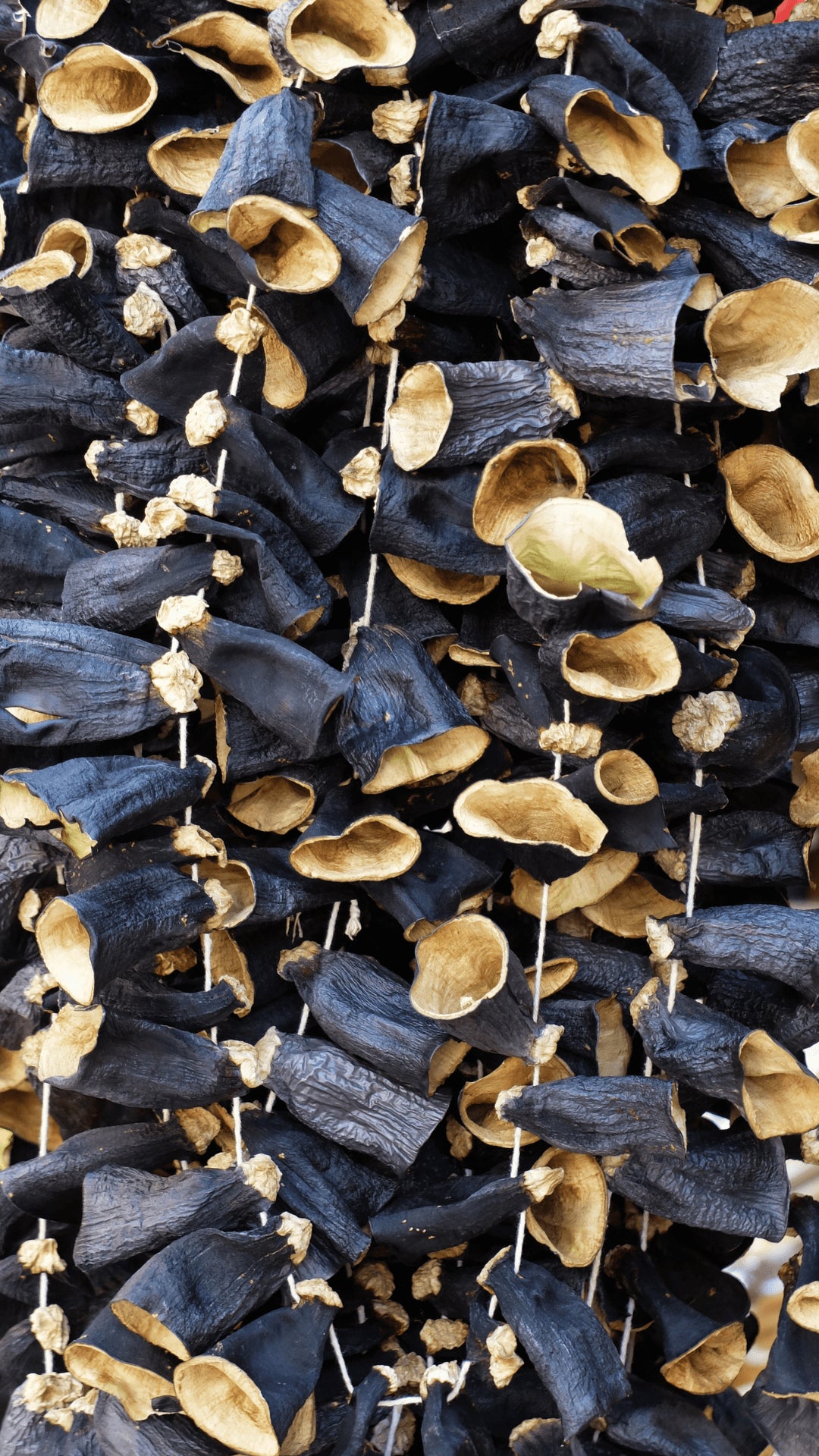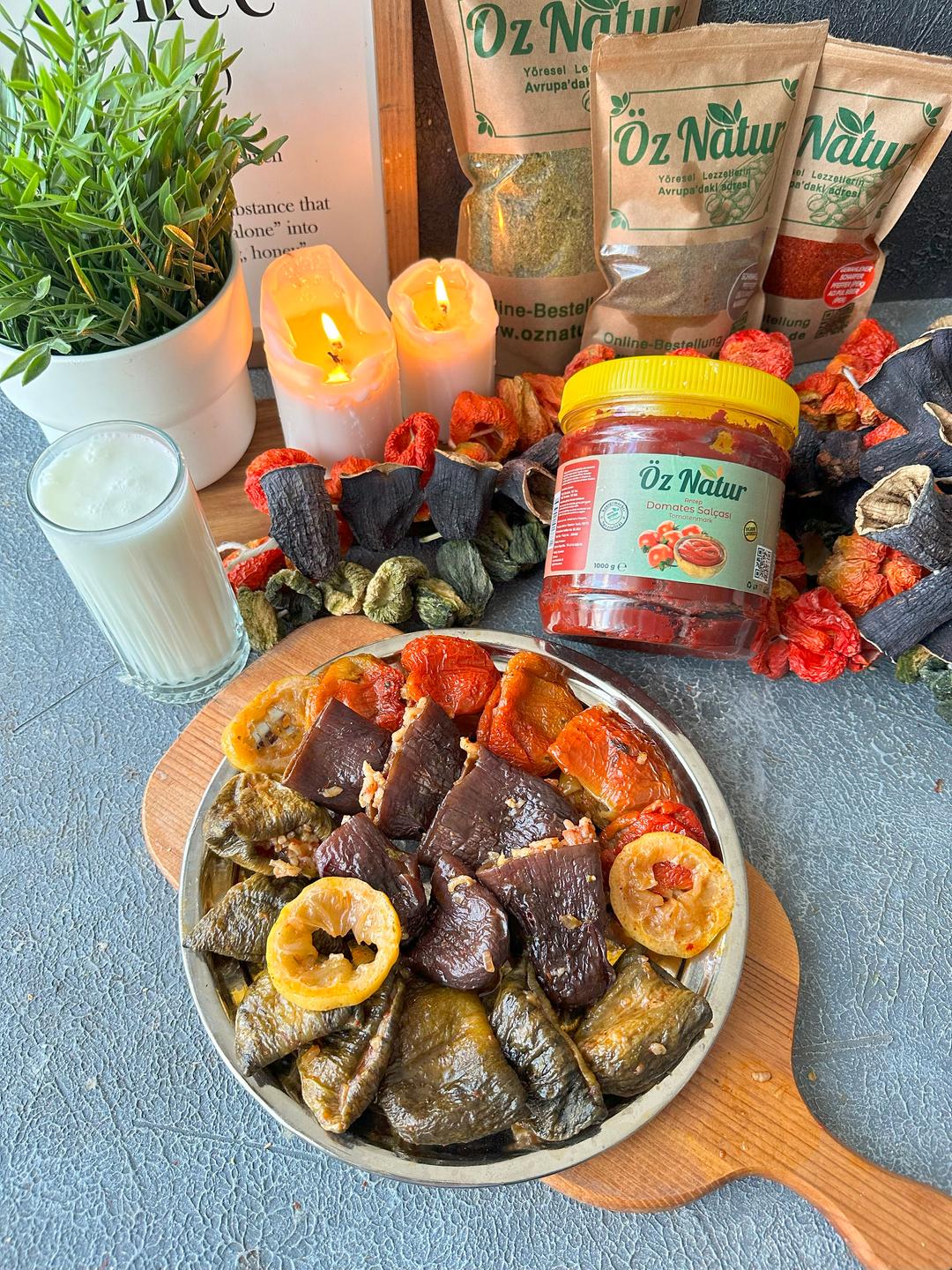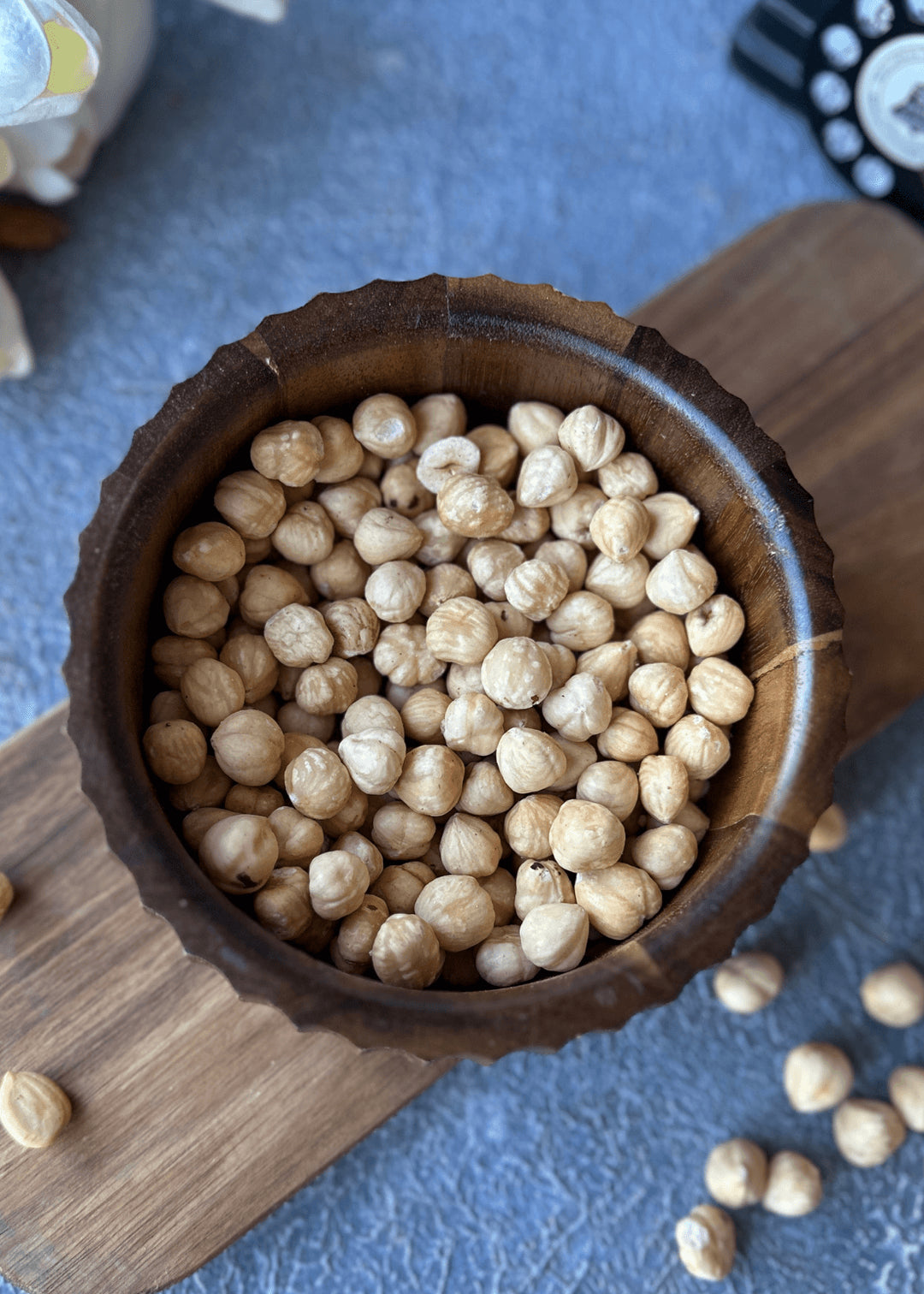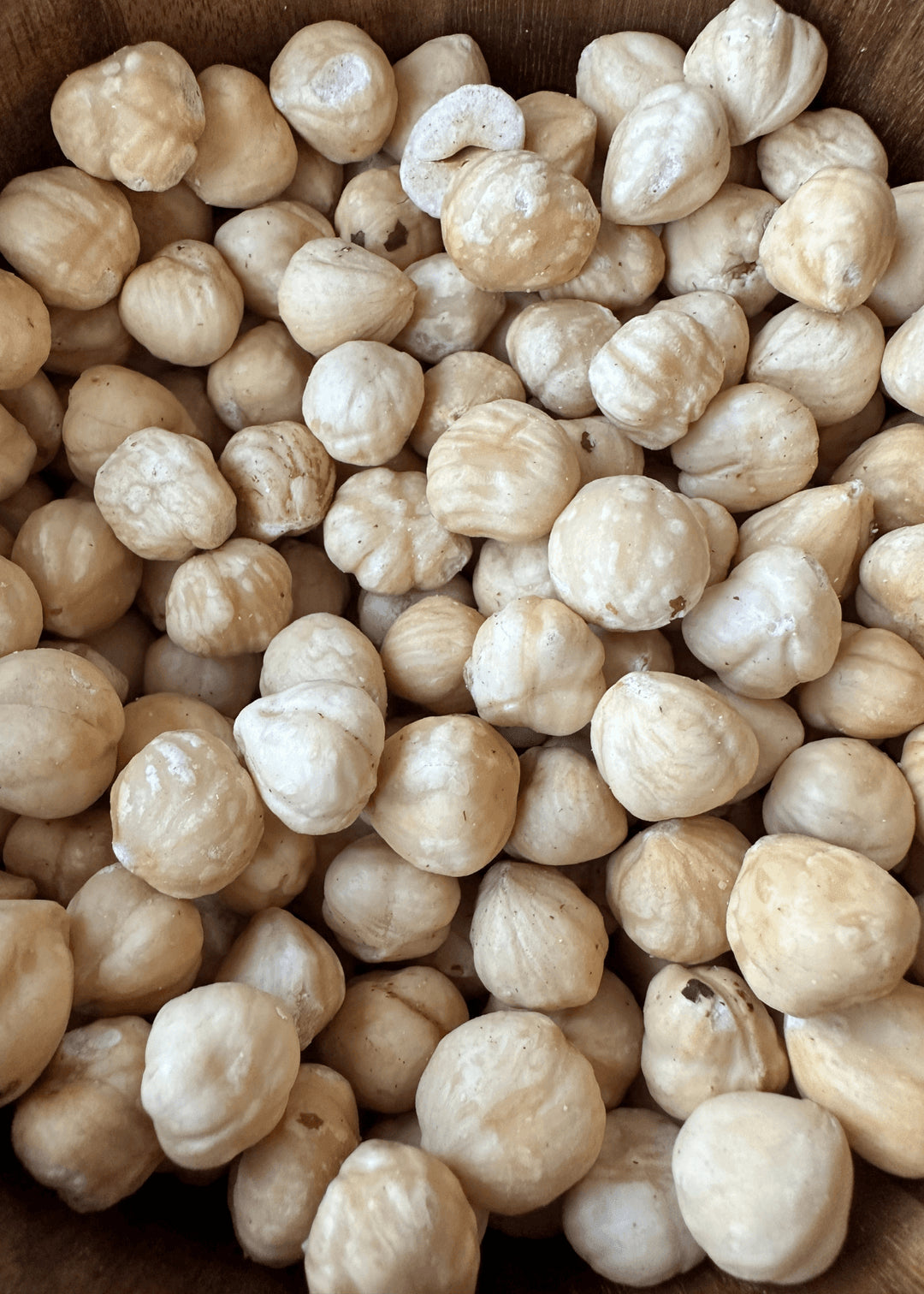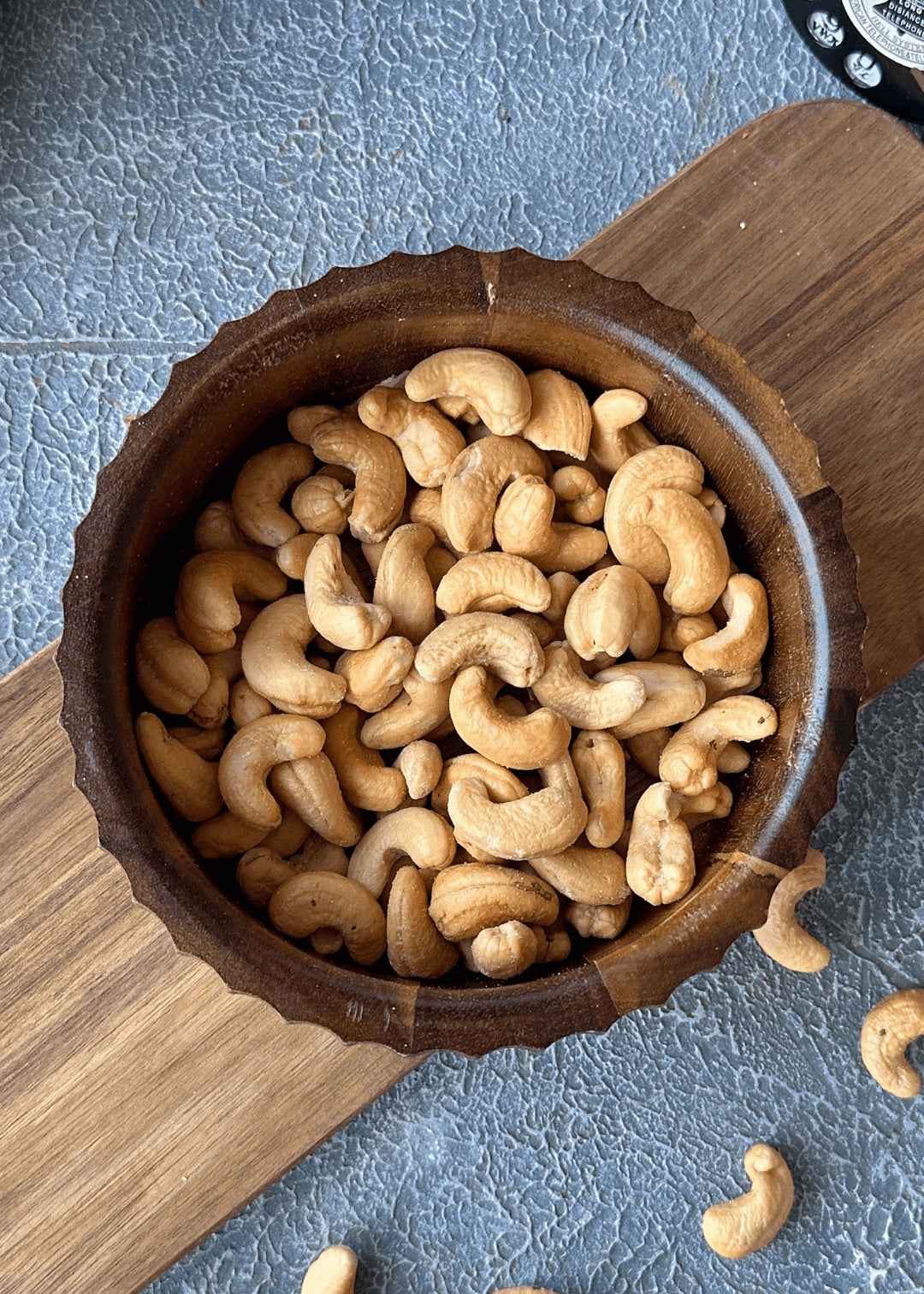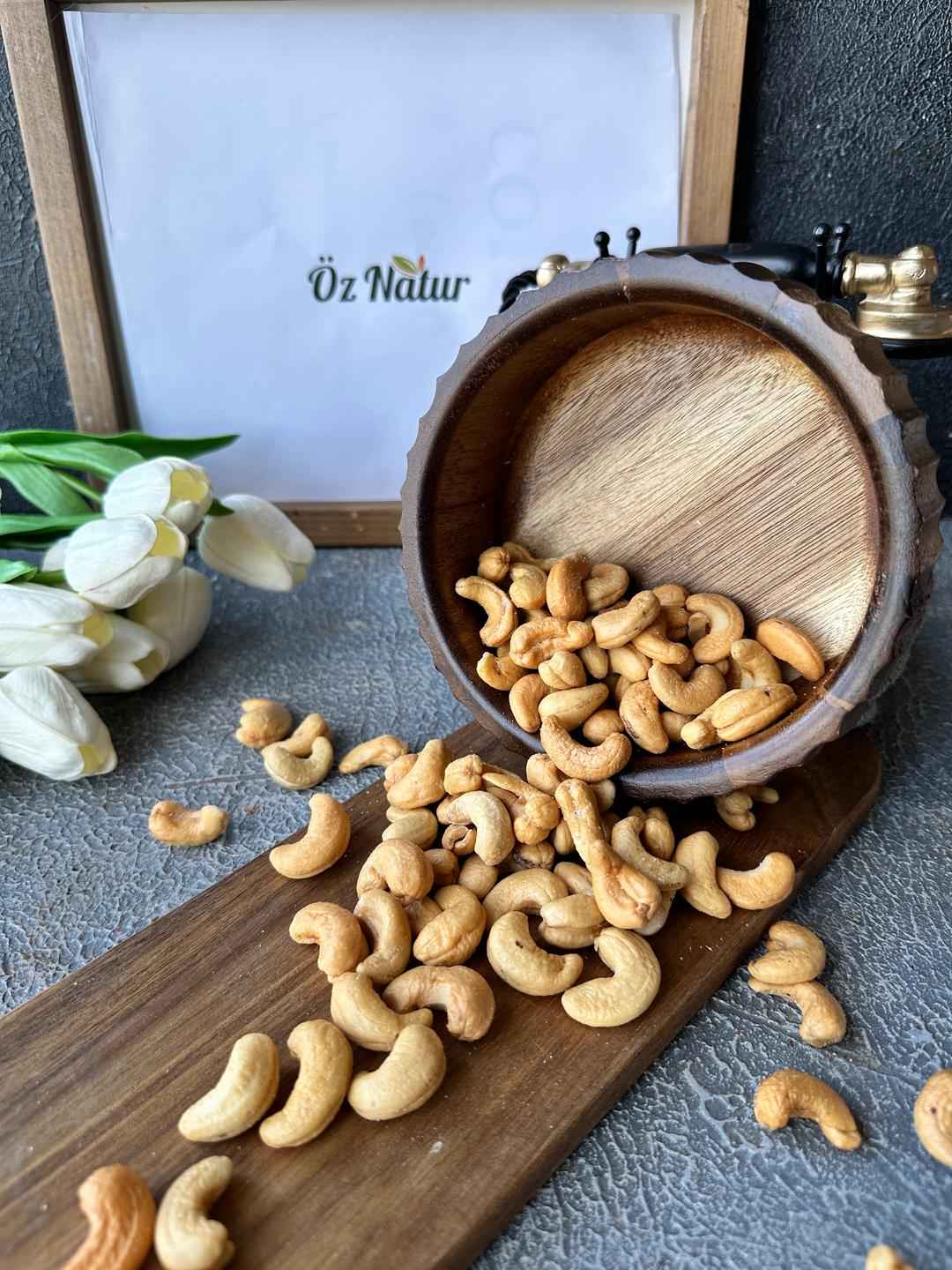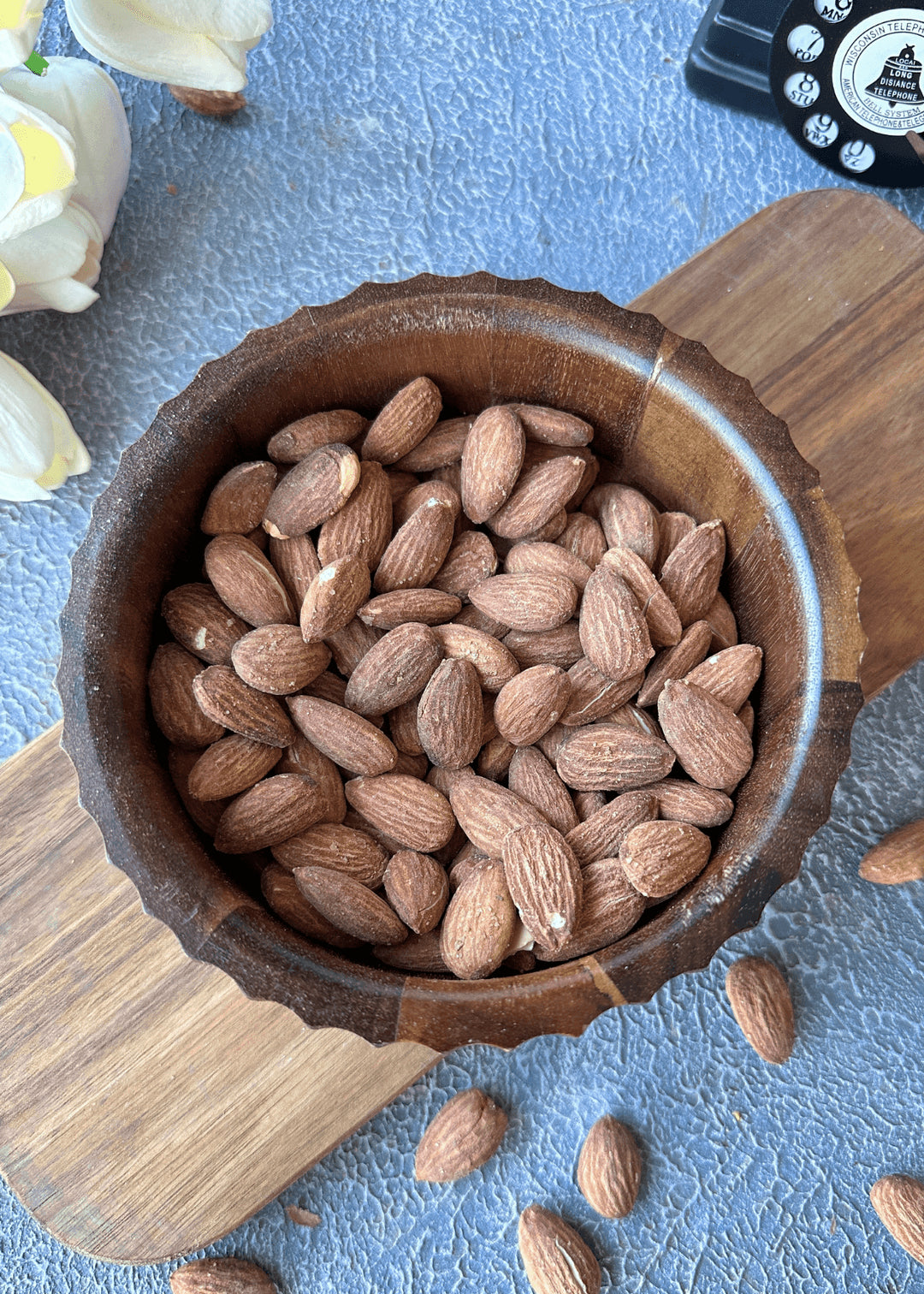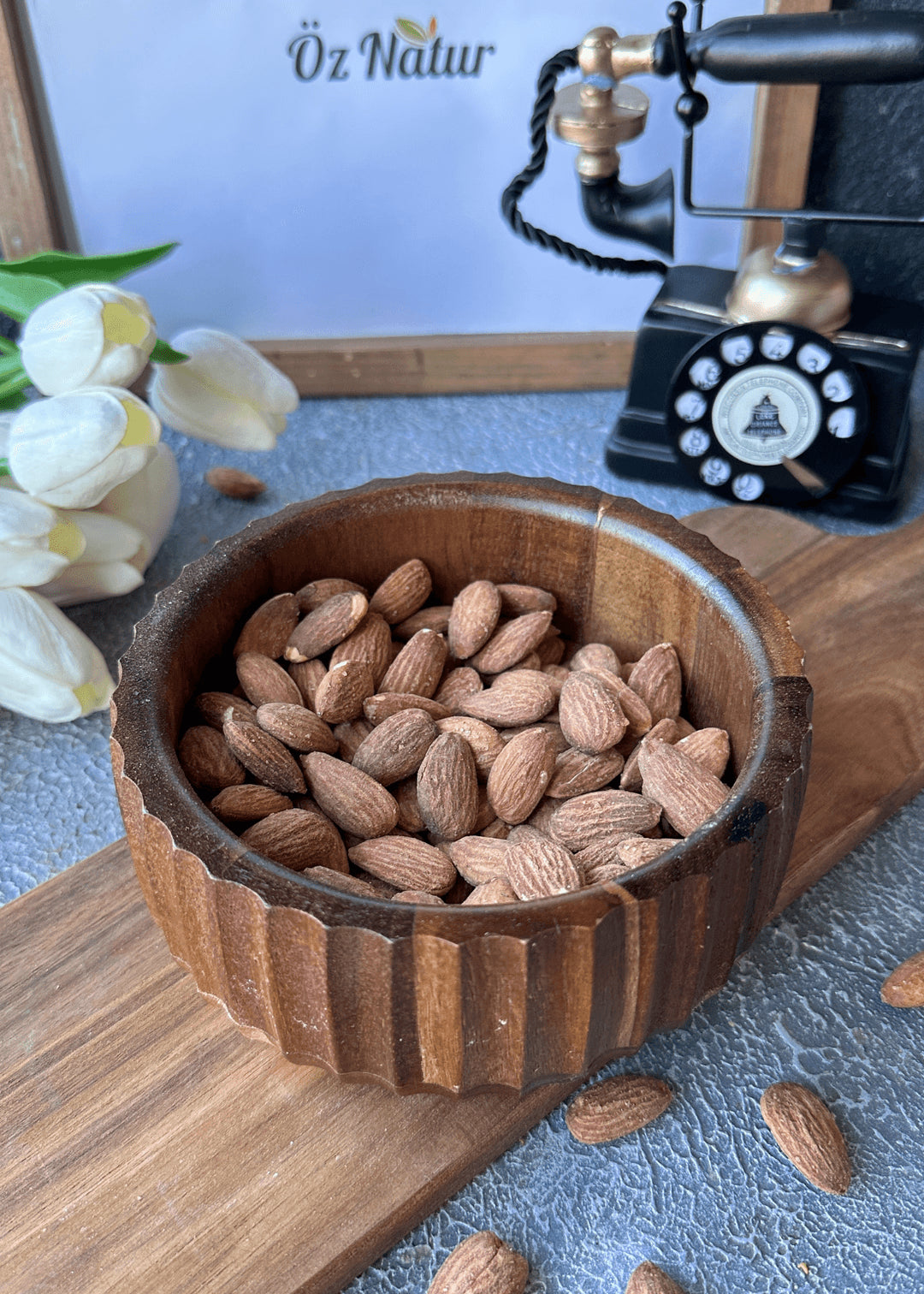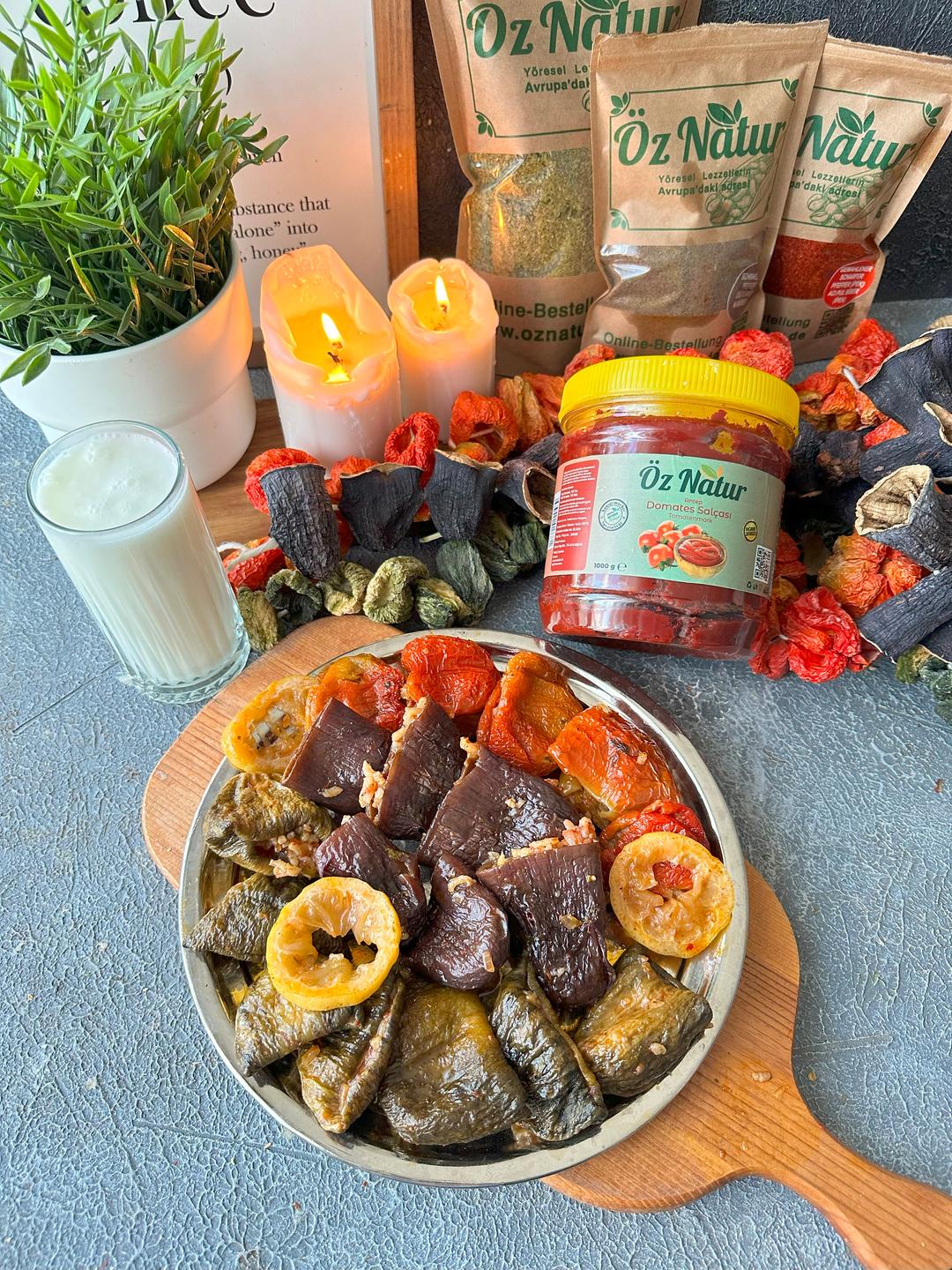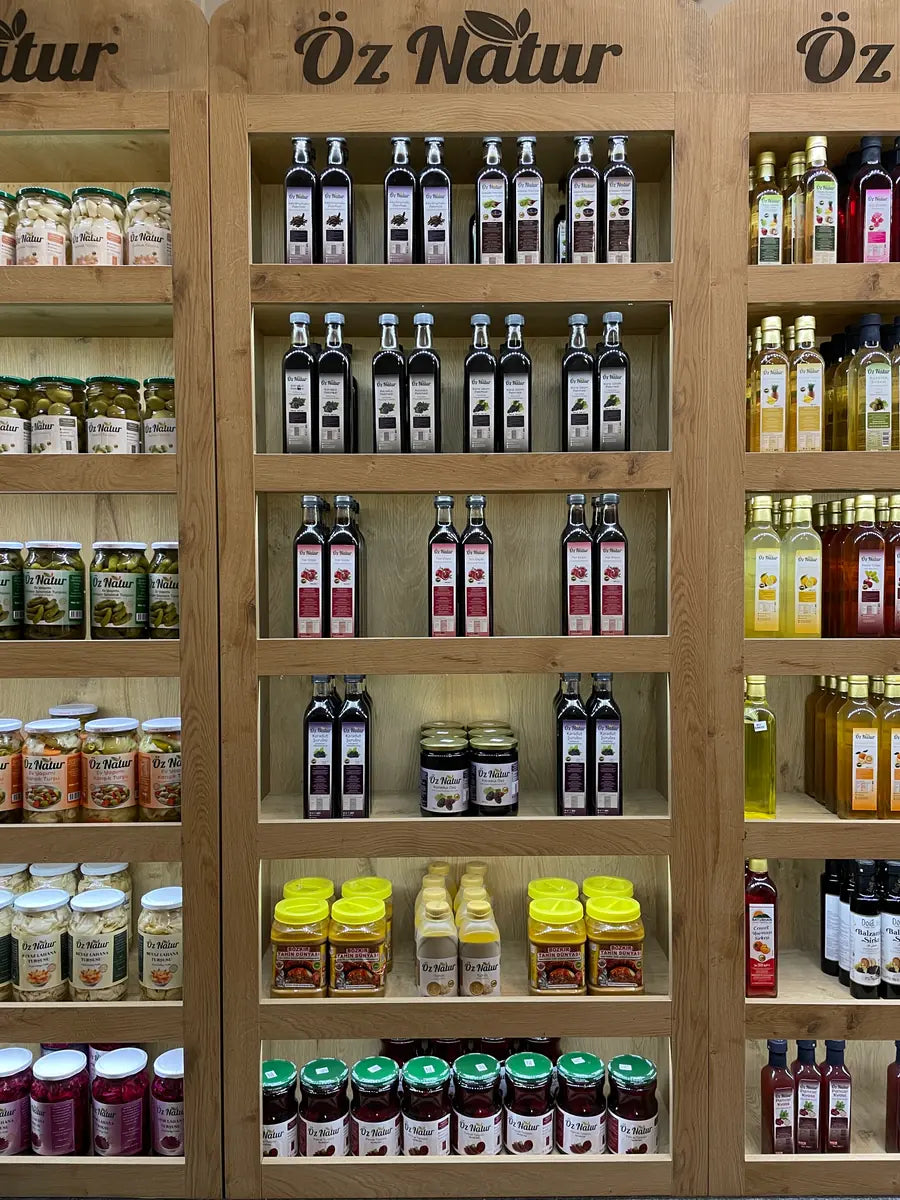Raspberries are widely enjoyed for their refreshing taste and versatility in the kitchen. They can be eaten fresh in summer, dried as a snack, brewed into teas, or transformed into jam. Their vibrant red colour and aromatic flavour make them a popular choice in many dishes and desserts.
The characteristic bright red shade of raspberries comes from natural plant pigments, which also contribute to their unique flavour. Thanks to their light texture, low calorie content, and high fibre levels, they are often included in a wide range of diets and recipes.
Raspberries are perfect for snacking, adding to breakfast bowls with oats or yoghurt, blending into smoothies, or baking into cakes and tarts. Their balance of sweetness and tartness brings depth to both sweet and savoury dishes.
What Makes Raspberries Special?
Raspberries can be enjoyed in many different ways: fresh, frozen, or incorporated into various culinary creations. They work well as toppings, fillings, or flavour accents in both traditional and modern recipes. Their availability in frozen form also makes it possible to enjoy them year-round.
Which Nutritional Components Do Raspberries Contain?
These qualities make raspberries a versatile option for balanced eating habits.
How Can Raspberry Jam Be Enjoyed?
Raspberry jam is a classic favourite on breakfast tables. Its fruity aroma and smooth texture pair beautifully with many foods. While it often contains sugar, it can be enjoyed in appropriate portions as part of a varied diet.
It tastes delicious on fresh bread, combined with yoghurt or oats, or used as a filling in baked goods. Jam can also add a fruity accent to desserts and sauces. Homemade versions allow for more control over sweetness and ingredients, making them especially popular.
Thanks to its distinctive taste and rich colour, raspberry jam brings variety and flavour to both everyday meals and special occasions.




